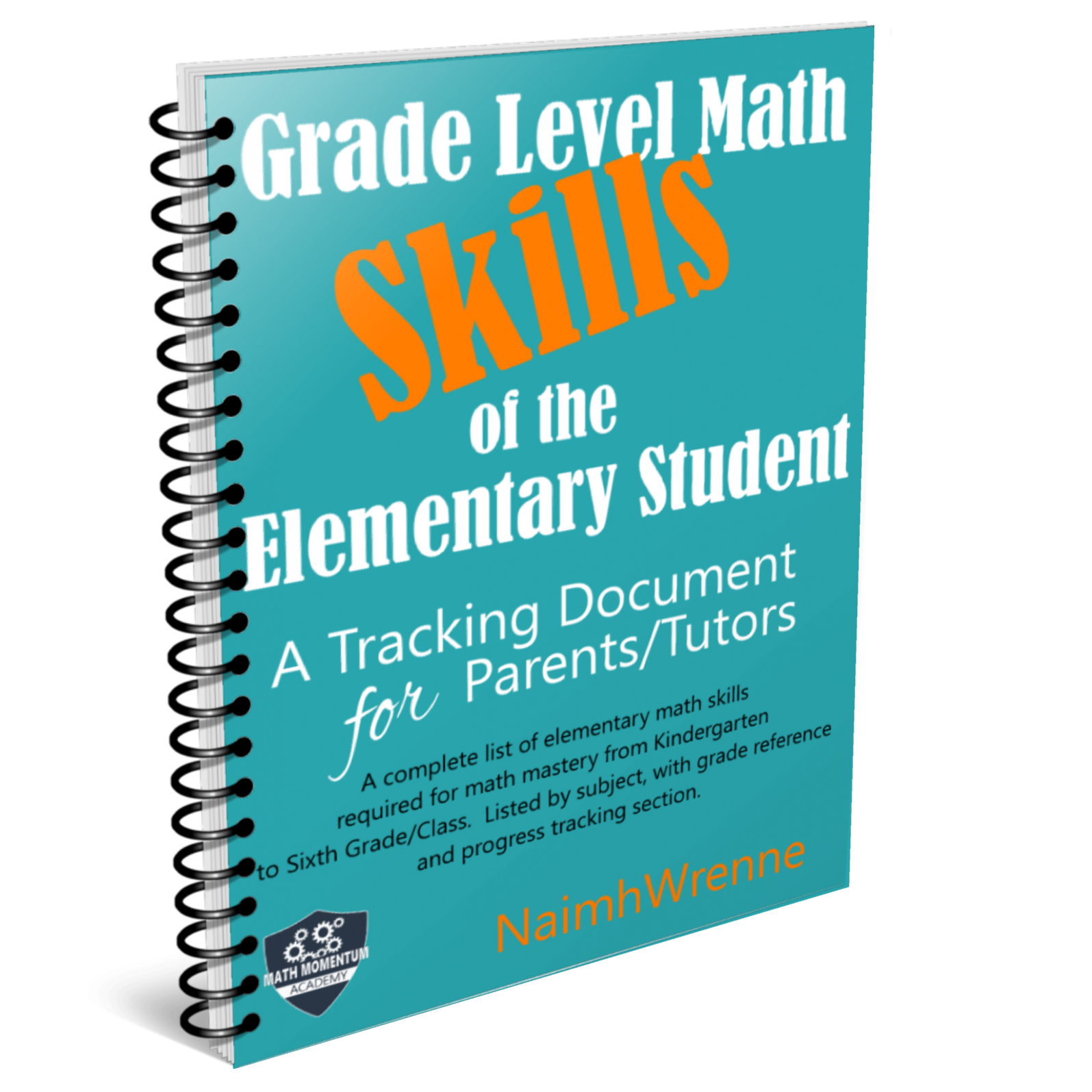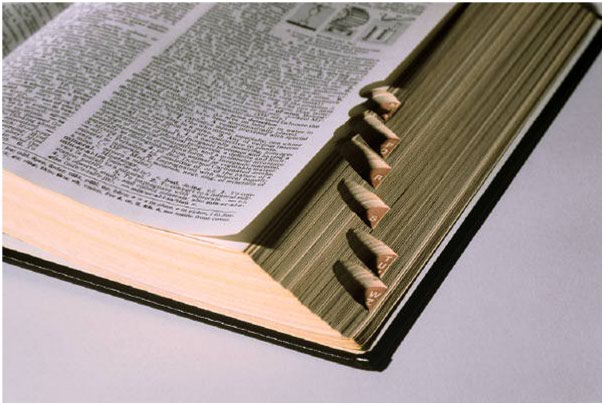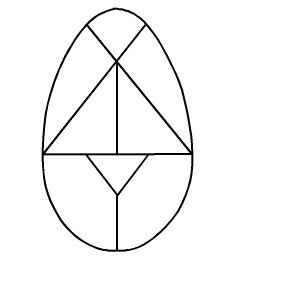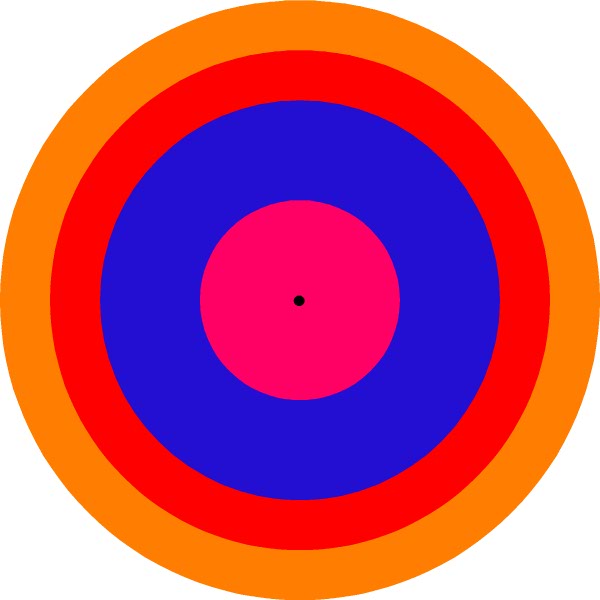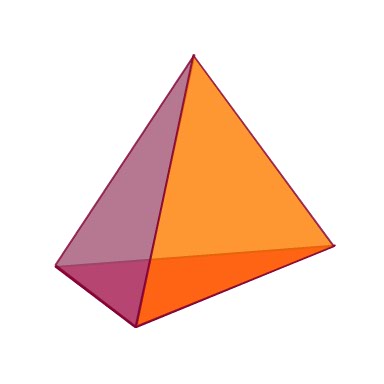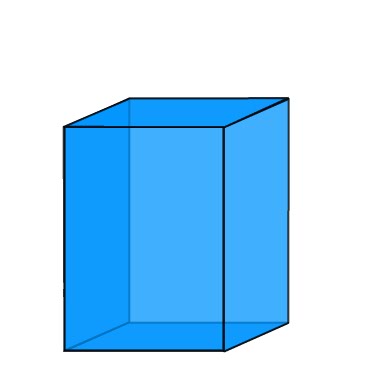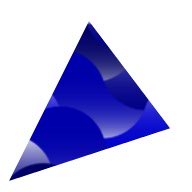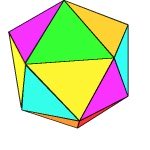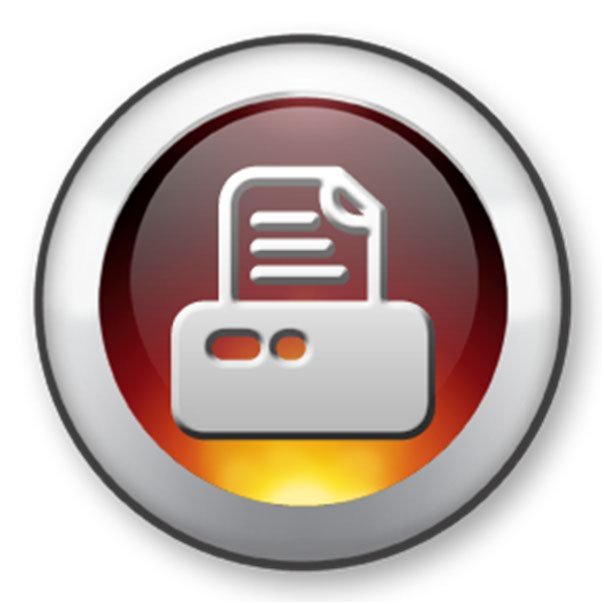Master the Parallelogram from recognition to construction.

The Parallelogram is usually introduced to your child in Kindergarten. When this shape is introduced it usually coincides with the introduction of the square and the rectangle.
The reason for this is due to the similarities of the shape.
The seven steps detailed bellow take you from basic identification all the way through to taking a detailed look at the theorems involving the parallelogram.
These steps also include 'pit stops' to complete fun geometry projects and coloring sheets.
These are nice 'breathers' on the learning curve, but they are excellent ways of reinforcing the new knowledge in ways that your kid can get a real life, hands on approach to understanding the basic geometry concepts included.
Okay, so let's get started ...
 |
Identify - How do we know what we look at is a Parallelogram? |
First and fore most it is a quadrilateral which is a 4 sided plane shape.
- It has 4 lines
- The pairs of lines opposite each other are paralell
- The Angles opposite each other are equal in size.
- It is a Simple Quadrilateral (The sum of its angles is 360 degrees
A Parallelogram is also a Trapezoid.
 |
Calculate Area & Perimeter of a Parallelogram |

The Area of this shape is calculated by multiplying its base by its height.
If your child has problems understanding the concept of Area, I recommend working second grade 'grid method' worksheets first, and then move on to fourth grade worksheets using numbers and finally word problems.

The Perimeter of ANY shape is simply the sum total of all the lengths of the shape.
The perimeter of a parallelogram is the sum of its length.
However, since opposite sides are the same length, the formula is simplified to reflect this!
 |
How to Construct an Acute Parallelogram |
To complete this, you will need a ruler, pencil, compass, protractor, and a blank piece of paper!
Note: This construction is based upon having the knowledge of the height of the parallelogram along with the angles at its base.
The construction is exactly the same process as the construction of a trapazoid. I have included those diagrams here, for quick reference,
however you can also get the full explanation here.
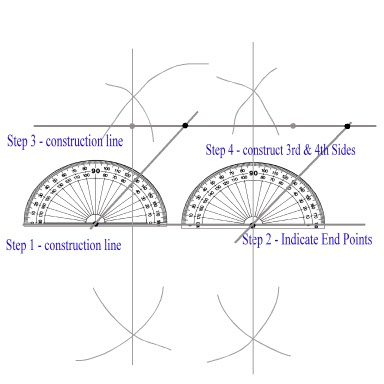 |
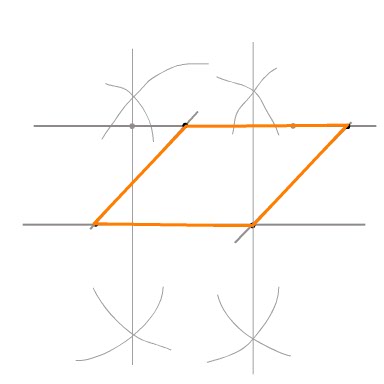 |
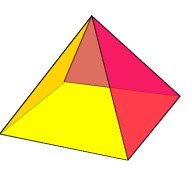 |
Relationship to 3D Shapes |
There are no 3d Figures an elementary student will have to study in relation to the parallelogram, but it would be good to have them compare a prism made with a rectangle and a parallelogram. The latter will infact be an oblique rectangular prism.
Bellow is a diagram of a trapezoidal prism, deconstructed into two triangular prisms and a Cuboid.
A prism created using a parallelogram, can indeed be deconstructed in a similar fashion.

It would also be a very good exercise to compare this shape to other quadrilaterals.
 |
Geometric Coloring Sheets |
The use of coloring sheets allows your child to start experimenting with triangles. A great first step is to encourage your child to color in triangles adjacent to each other with the same color, until their shape starts to look like 'something'.
Perhaps that something will be a rectangle or a house! By doing this, your child will start to realize the connection between different shapes. You will find some nice free geometric coloring pages to download and get started with.
 |
Fun Geometry Projects |
Coming soon!
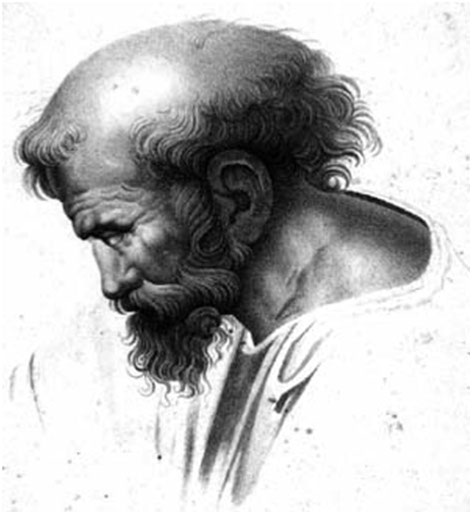 Pythagoras |
Theorems & Proofs |
Coming soon!
I have created Free printable triangle worksheets for you to offer your child for more practice. Download, print and give them to your kids. They're available 24/7!
I am sure you will find all the information and worksheets you need here, however if there is anything you cannot find please don't hesitate to contact me or simply visit the MathMomentumCommunity and join the conversation!
I love to hear from my readers, and with a little feedback and a few suggestions I can make this a great resource for parents, teachers and tutors alike.
Be sure to explore everything on this site starting at the home page.
Return from this Parallelogram page to our Different Types of Quadrilaterals Section.
Or
Return from this page to K6 Geometric Shapes Home Page, to explore all the other great sections I have to offer.

